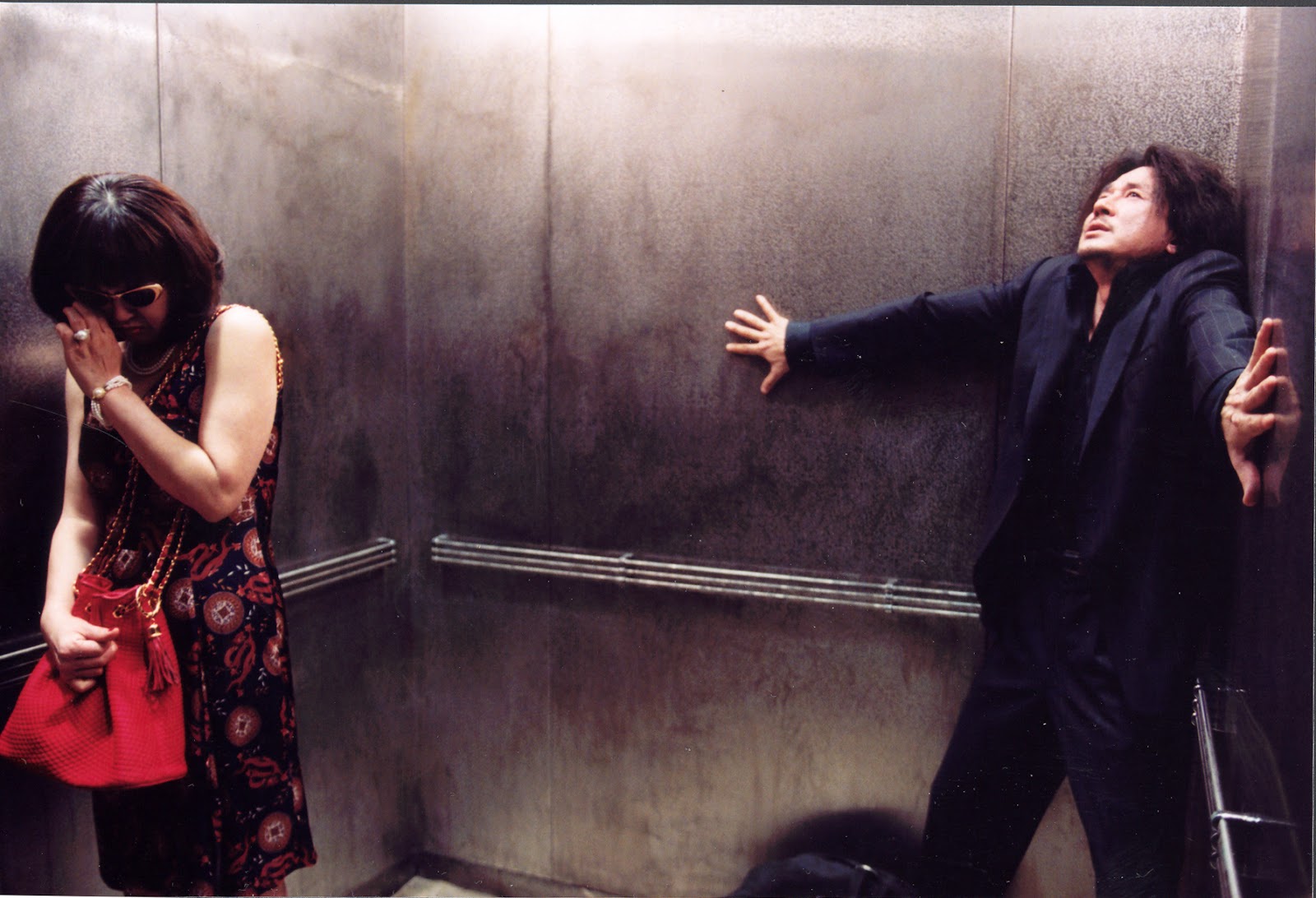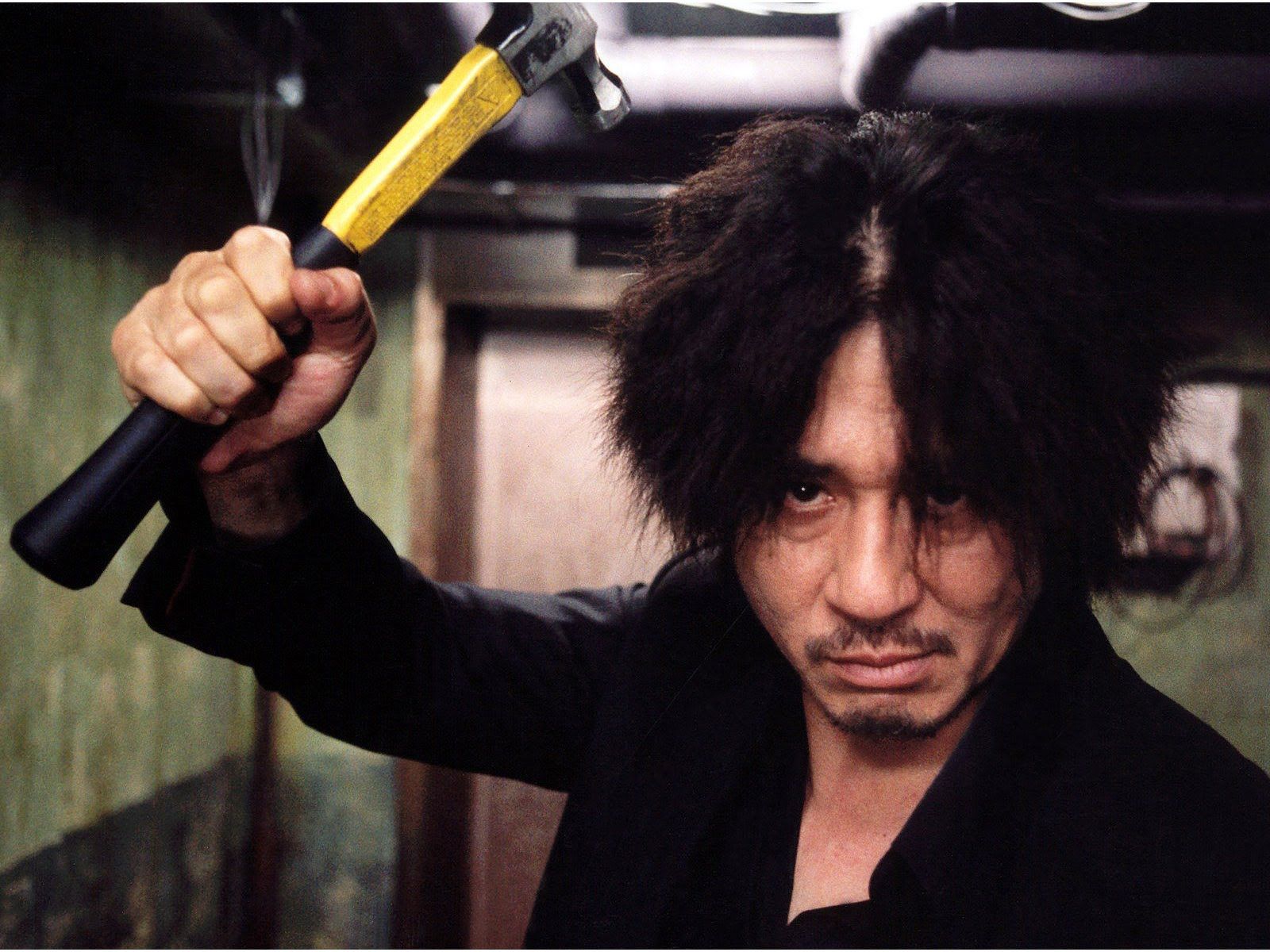curated by Yorgos Kostianis
“What came first: the music or the misery?” is one of the great rhetorical questions, raised by Rob Fleming as the opening line of one my favourite Nick Hornby’s books, High Fidelity.
Now, let me paraphrase this knotty question for the purpose of this article: What came first: the music or the motion picture?
During the silent era of film (1894-1929), there was no recorded, synchronised sound in films and dialogue appeared in short title cards between shots. In order to fill up the absence of sound, live orchestras or in-house pianists performed music alongside a film.
Live music was provided for two reasons: firstly, to mask the awful racket produced by projectors and secondly, to give the audience a sense of reality. The viewing experience was no longer simply two-dimensional and the viewer was immersed in the action created by the fusion of image and sound.
With the advent of the “talkies” in the 1930s (films with spoken dialogue) music accompaniments in the form of in-house pianists and orchestras began to slowly die down. However, this gave way to the production of original score music. Film composers could now create specific music to be utilised throughout the screenings. Thus, the first completely original score was composed by Max Steiner for the classic “King Kong” in 1933.
The abbreviation OST (Original SoundTrack) came into public consciousness later on with the emergence of the so-called “soundtrack albums” in the 1940s, first conceived by movie companies as a promotional gimmick.
Nowadays, soundtracks have become an integral part of cinematography which can make or break a film and, in certain cases, they can be elevated to separate and iconic art forms that outlive the movie itself.
Being an avid lover of soundtracks myself, I was entrusted with the delightful task of dedicating this segment of our blog to this, oftentimes neglected, filmic aspect by reviewing the scores that have accompanied me throughout my cinematic upbringing.
However, picking the soundtrack that would kick off this segment, was certainly no easy task. The first OST I bought and immersed myself into was, most probably, Yann Tiersen’s score for Amélie. Yet, iconic and supreme as it maybe, I found it hard to pen down something that hasn’t already been said about it. Thus, I decided to rather shed light on a relatively obscure gem: Park Chan-wook’s vengeance trilogy.
Sympathy for Mr. Vengeance (2002), Oldboy (2003) and Lady Vengeance (2005). To this day, when I’m faced with the daunting question “what’s your favourite flick?” those films remain my go-to snap answers.
First watched at a rather young age, it would be difficult to describe the awe-inspiring impact they had on me; and while I’m not entirely certain they would prove to be as impactful upon a present-day re-screening, there’s no doubt in my mind that their soundtrack is going to haunt me till the end of my days.
I’ll be focusing on the last two instalments of the series starting with Oldboy. The film follows the story of Oh Dae-Su, a deadbeat dad who gets abruptly kidnapped and imprisoned in a cell for 15 years. When he is finally released, he finds himself still trapped in a web of lies, conspiracy and violence spun by his enigmatic captor, and called to answer for the sins of his past.
With this masterfully crafted, modern adaptation of Oedipus Rex, Park Chan-wook put Korean cinema on the map and won the Grand Prix at the 2004 Cannes Film Festival. One of the components that majorly contributed to the film’s uniqueness is, beyond question, its simply divine music. An excellence which did not escape the keen eyes of director Nicolas Winding Refn (Drive, The Neon Demon) who recently produced its vinyl reissue and oversaw the record’s new artwork and packaging.
In order to set the idiosyncratic mood of his film, Chan-wook Park joined forces with composer Yeong-wook Jo and together they created a sublime musical spectrum going from classical compositions masterfully performed by a full orchestra to electrified downtempo beats.
Right off the bat, the film’s soundtrack permeates the title sequence with the adrenaline pumped “Look who’s talking” which blends in perfectly with the in media res opening scene. The keen cinephiles will also notice that nearly all of the soundtrack cues in the movie are named after some of Park and Jo’s favourite films, chiefly classic noirs like Polanski’s “Cul-de-sac”, Nicholas Ray’s “In a Lonely Place”, Jacques Tourner’s “Out of the Past”, Robert Aldrich’s “Kiss Me Deadly” and so on. This crafty choice of titles is not only a respectful nod to the director’s influences but is also deeply evocative of the themes of his film with the songs titles fitting like jigsaw pieces falling into place.
The crown jewels of the soundtrack are unmistakably kept for last, both of them integral to the film’s plot and commencing with brief yet soul-stirring quotes. Firstly, the majestic “Farewell, My Lovely” which opens with the last chilling words of the antagonist’s sister before her untimely demise: “Please remember me” and its closing crescendo is abruptly broken by a deafening gunshot followed by an eerie humming of the piece by Woo-jin himself.
Last, but certainly not least, at track number 24: “The Last Waltz”, a bittersweet waltz composed in order to capture the film’s catharsis, or lack thereof, during the closing scene, preluded by Mi-do’s soft-spoken “I love you, Oh Dae-su” which also serves as the very last line of the film, hopeful and haunting at the same time.









Commenti recenti